From Muscles to Mountains: Creating Landscapes with the Male Form
Sculpting the Male Form into Artful Landscapes


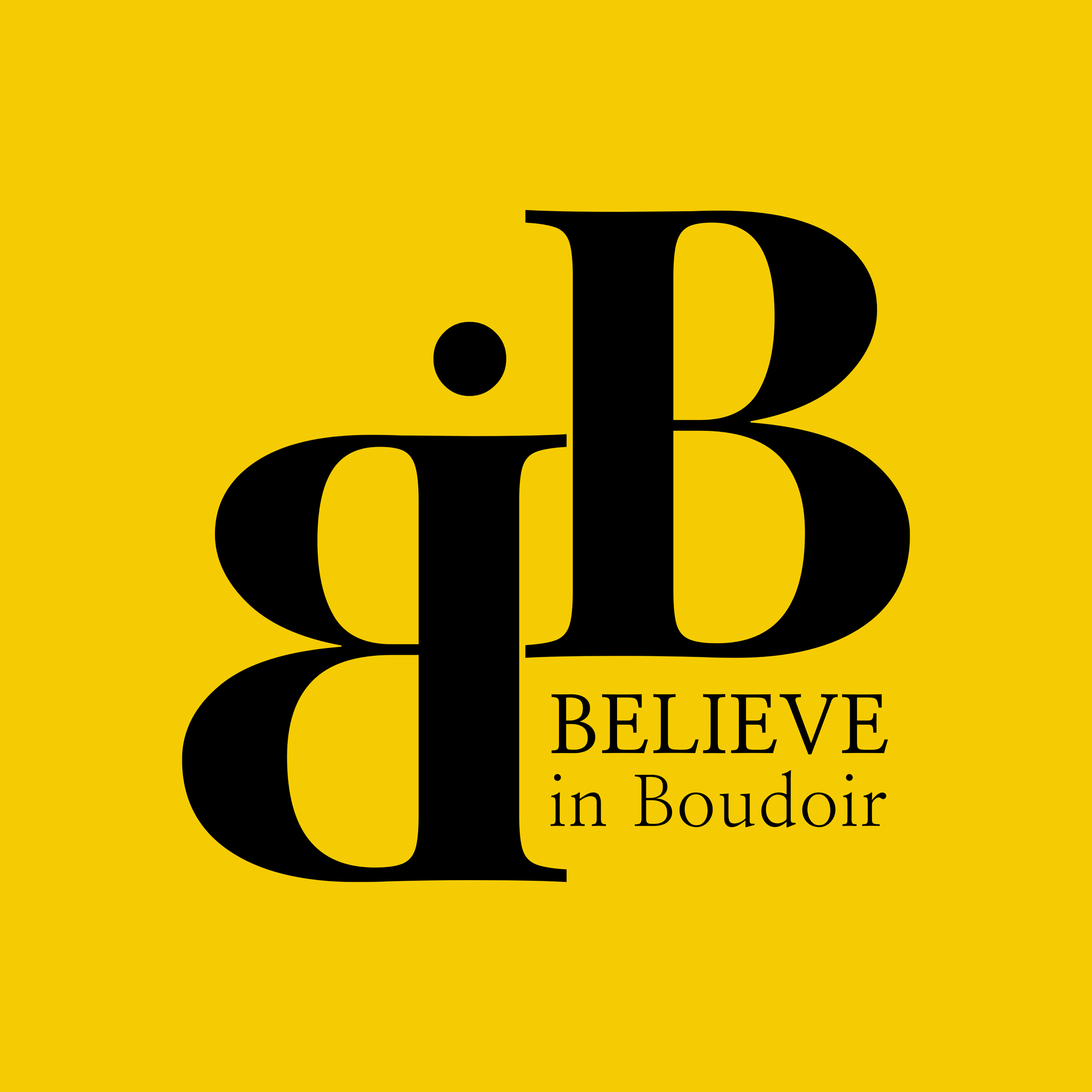
Sculpting the Male Form into Artful Landscapes

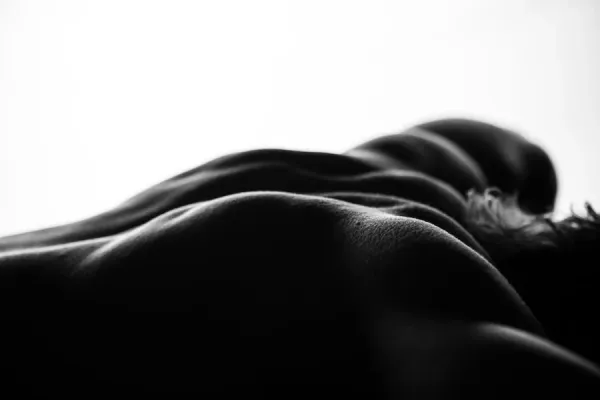
Bodyscape photography is a powerful artistic genre that highlights the beauty, structure, and sensual essence of the human form by skillfully manipulating light and shadow. In this in-depth guide, we’ll explore the core techniques used by photographers to craft striking bodyscape imagery. From intentional pose exaggeration to the use of stretching and breath control, each method contributes to sculpting the body, enhancing visual depth, and elevating the final composition. Together, these tools transform the human figure into a dramatic and compelling visual landscape.
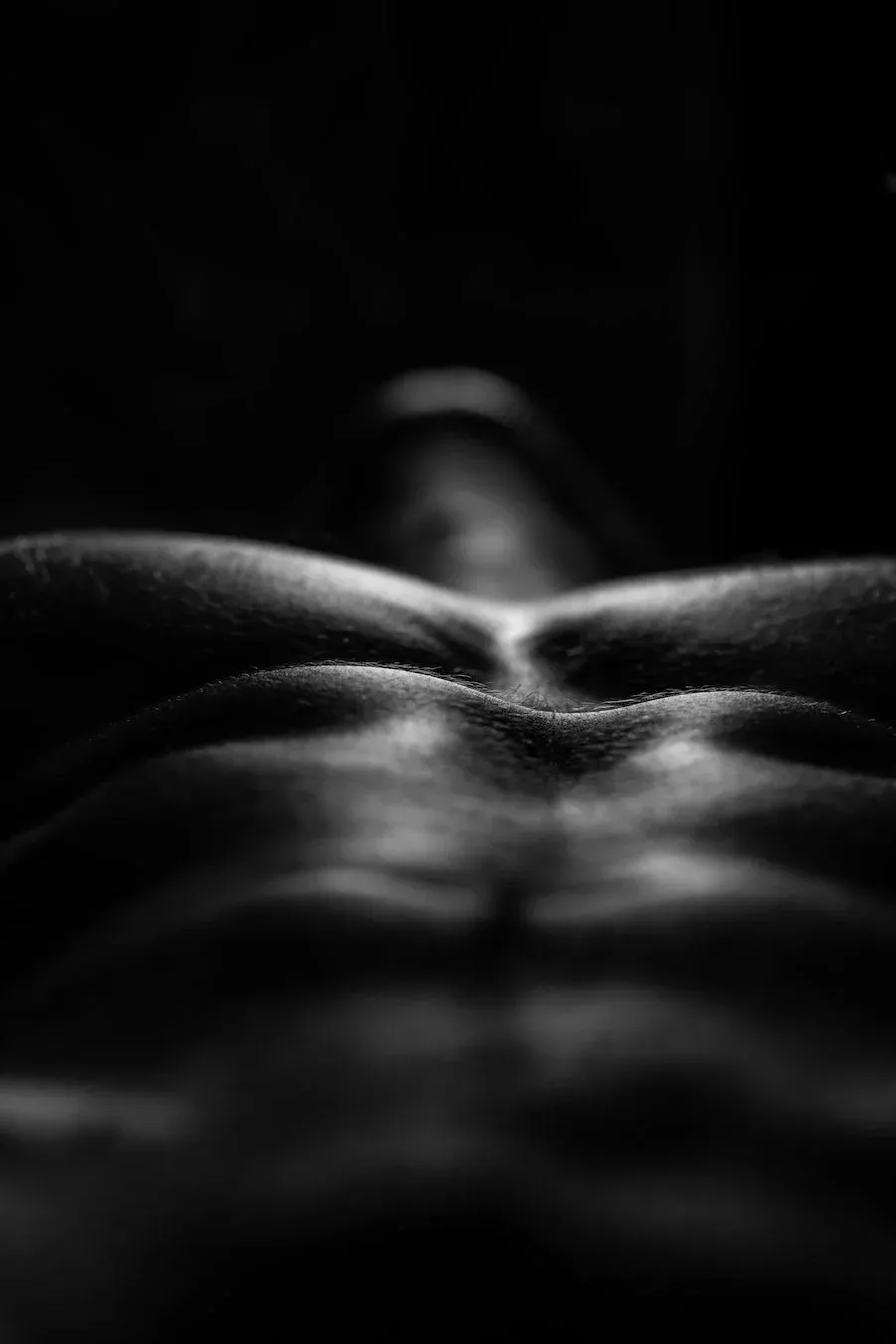
Two fundamental movements—crunching and stretching—play a vital role in shaping form and composition.
Together, these techniques offer a visual contrast between strength and grace, allowing photographers to creatively manipulate form, tension, and space.

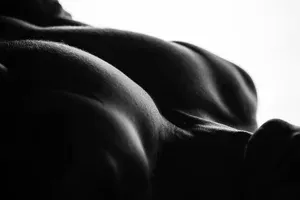
Simple joint movement can dramatically shift the visual dynamics of a bodyscape.
By incorporating subtle bends and thoughtful positioning, photographers can guide the viewer’s eye and introduce rhythm into the visual structure.
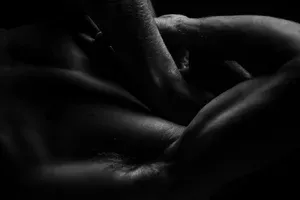
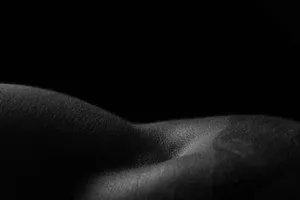
Controlled breathing and muscular tension are tools that bring a still image to life.
These techniques not only add dimension to the image but also introduce emotion—conveying strength, vulnerability, or sensuality depending on how they’re used.
By combining movement, form, breath, and muscle control, photographers can elevate their bodyscape work from anatomical studies to fine art. Whether capturing the coiled power of a crunch or the elegant arc of a stretch, these posing methods turn the human form into a living, breathing work of art.
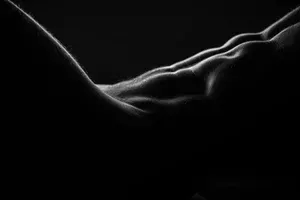
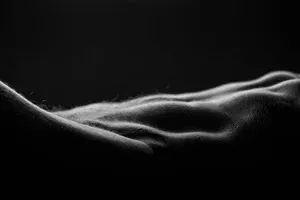
Light and shadow are the foundational tools that define the essence of bodyscape photography. This genre thrives on how light shapes the human body—revealing curves, muscles, and form through thoughtful illumination and intentional darkness.
The strategic placement of shadows adds depth and mystery, sculpting the body and emphasizing its natural lines. Highlights, on the other hand, serve as visual accents—guiding the viewer’s eye to key areas and introducing contrast that enhances the image’s sensual or dramatic tone.
Contrast plays a critical role as well. High-contrast lighting creates bold, powerful visuals that demand attention, while low-contrast setups evoke softness and intimacy. Understanding when and how to apply these lighting variations allows photographers to craft images that not only look stunning but also evoke strong emotional responses.
When light, shadow, contrast, and highlight are all in harmony, the body transforms from a physical subject into a work of visual poetry.
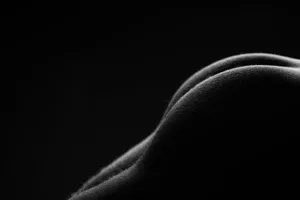
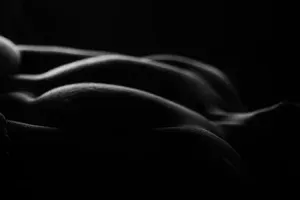
Post-processing is where bodyscape photography truly comes to life. Editing isn’t about changing the subject—it’s about refining the light, enhancing mood, and preserving the integrity of the form.
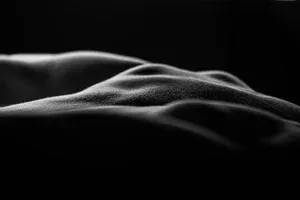
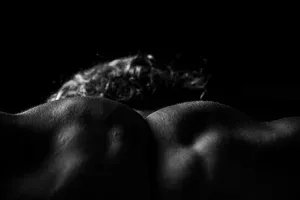
When done with care and subtlety, editing enhances what was already captured—bringing out emotion, enhancing storytelling, and giving the final image a polished, professional feel.
Bodyscape photography is more than taking a photo—it's crafting an experience through light, form, and artistic vision. The final touches are where that vision is fully realized.
Conclusion
Bodyscape photography is a captivating blend of light, form, and emotion—an art form that transforms the human body into a visual masterpiece. With the techniques and insights shared in this guide, you’re now equipped to approach bodyscape work with confidence and creativity. By mastering the delicate interplay of shadows, curves, and composition, you can craft striking images that honor the natural beauty and sensuality of the human form—images that resonate deeply and leave a lasting impression on your clients and your portfolio alike.
Learn Boudoir Photography on BIB TV